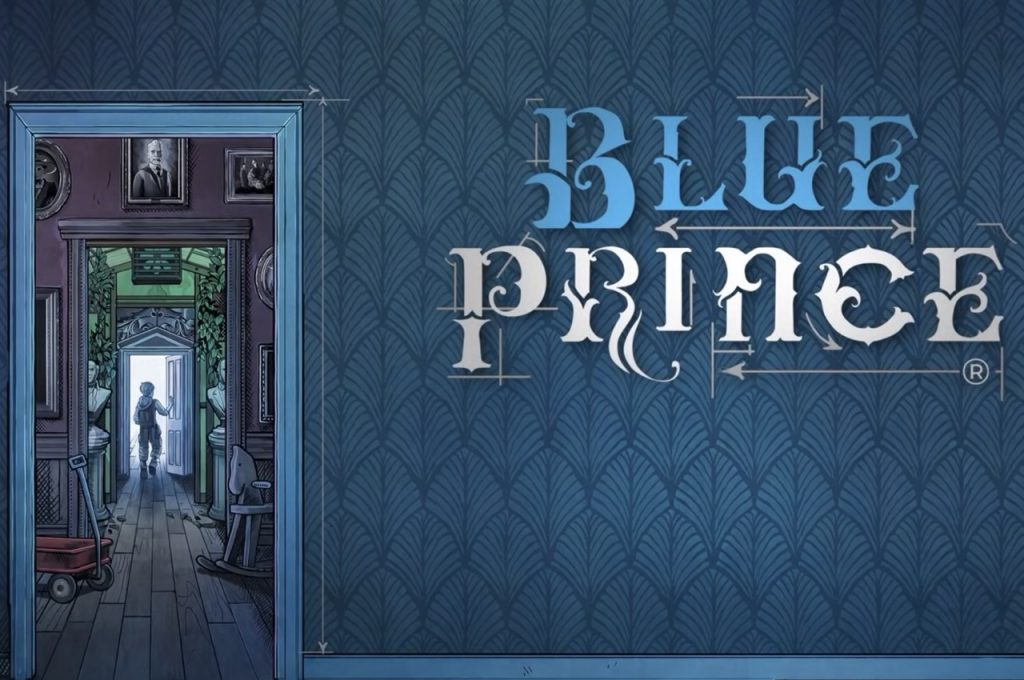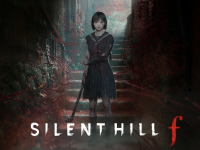 Blue Prince arrives like a soft whisper you don’t expect to carry weight—or hours—only to find it hauls you into the labyrinthine depths of Mt. Holly’s puzzle-infested heart, and refuses to let go.
Blue Prince arrives like a soft whisper you don’t expect to carry weight—or hours—only to find it hauls you into the labyrinthine depths of Mt. Holly’s puzzle-infested heart, and refuses to let go.
Blue Prince is surprising, clever, and utterly compelling in the way only the most cunning puzzle games can be. I did not grow up on puzzle games. Myst and Riven were fixtures of my trips to Game (or even when it was still called ‘Electronics Boutique’ to show my age) but I never picked one up. After a few runs at The Talos Principle – I felt I was ready for this, and I was not.
At its core, the game drops you into a sprawling gothic manor with 45 official rooms laid out on a rigid 5×9 grid, but your true quest lies in uncovering a mythical Room 46. Each day, the house resets. You draft new rooms door by door, carefully piecing together a path before your limited steps run out. Miss your chance, and it’s the same blank slate at dawn, except for any permanent upgrades you’ve unlocked. That reset loop might sound rote, but Blue Prince turns repetition into strategy, memory, and discovery. Roguelite again? Not so much, your abilities don’t improve with each run unless your own do
It excels by handing you tools that feel genuinely useful; beds extend your walkable path, keys open new doors, some rooms drop gems, and every decision ripples through your estate blueprint. The planning and drafting mechanics make each run feel fragile, thrilling, and intellectually satisfying. There’s a real buzz when you draft the right rooms in sequence, or finally find that circuit breaker that unlocks dark room secrets. It’s tough, but fair, and the moment those gears click feels quietly euphoric.
Puzzles come in all shapes: algebraic dartboards that test color and number logic, circuit puzzles for deeply hidden rooms, and spatial mazes that frustrate and delight in equal measure. There’s no handholding here. It’s rare now to find a game that demands note-taking as a built-in part of its design—and I’m okay with that. My notebook felt like a companion, not an inconvenience. And it gave my partner a great excuse to buy stationary and get involved – it’s not really a co-op but you’ll probably want help unpicking the puzzles and lore from this minimalist game.
Still, a word of caution: the puzzle design occasionally leans toward the obscure. Some mechanics will punish you more than teach, especially if you’re forced to brute-force the solution as I was on some occasions. And, frustratingly, colour blind settings are lacking during these sections. These flaws can dampen moments of satisfaction when you’ve poured hours into a single logic problem.
The pacing is remarkable. I’ve sunk more than 40 hours into Blue Prince, and yet it never feels bloated. The manor’s mysteries unfold in tiers, each layer more complex but never less inviting. You carry fragments: maps, notes, patterns etc that click together as the mist slowly fades away from surreal to tangible. It’s reminiscent of Outer Wilds or Balatro in how it traps you – not with force, but with fascination.
Narrative is understated but effective. You play Simon, the heir of Mt. Holly, trying to uncover the secrets of your family’s past in search of Room 46. Political intrigue, a missing children’s author, and whispers of blackmail provide texture and motive, but mostly it’s the architecture itself that speaks volumes. The house is voice and character and puzzle all in one.
On PS5, Blue Prince embraces DualSense well – doorway clicks, creaking boards, and subtle haptic feedback hitching the experience together without getting in the way.
The only other real complaint is that randomness can sting. One unlucky day when you just don’t draw what you need. That’s roguelike by design, but it occasionally veers into annoyance if you’ve come close to victory only to fall short. Still, those near-misses also fuel determination rather than resentment. Here, loss becomes incentive more often than tedium – and leads to furious demands for ‘one more try’.
Blue Prince is more than a genre mash – it’s puzzle design rethought for a roguelike loop, an architectural mystery built for your mind. It’s elegant, daring, absorbing, and regularly surprising. It deserves its score as 2025’s most acclaimed game, not because it screams the loudest, but because it subtly dismantles and reconstructs what puzzle-adventure can be. Even once you’ve found Room 46, there’s an argument to be made that you’ve only just begun.
If late-night drafts, strategic mapping, and slow-burning reveals appeal to your gaming DNA, you’re not simply playing Blue Prince – you’re inhabiting its mysteries.
Author: Tom, Cardiff Store







